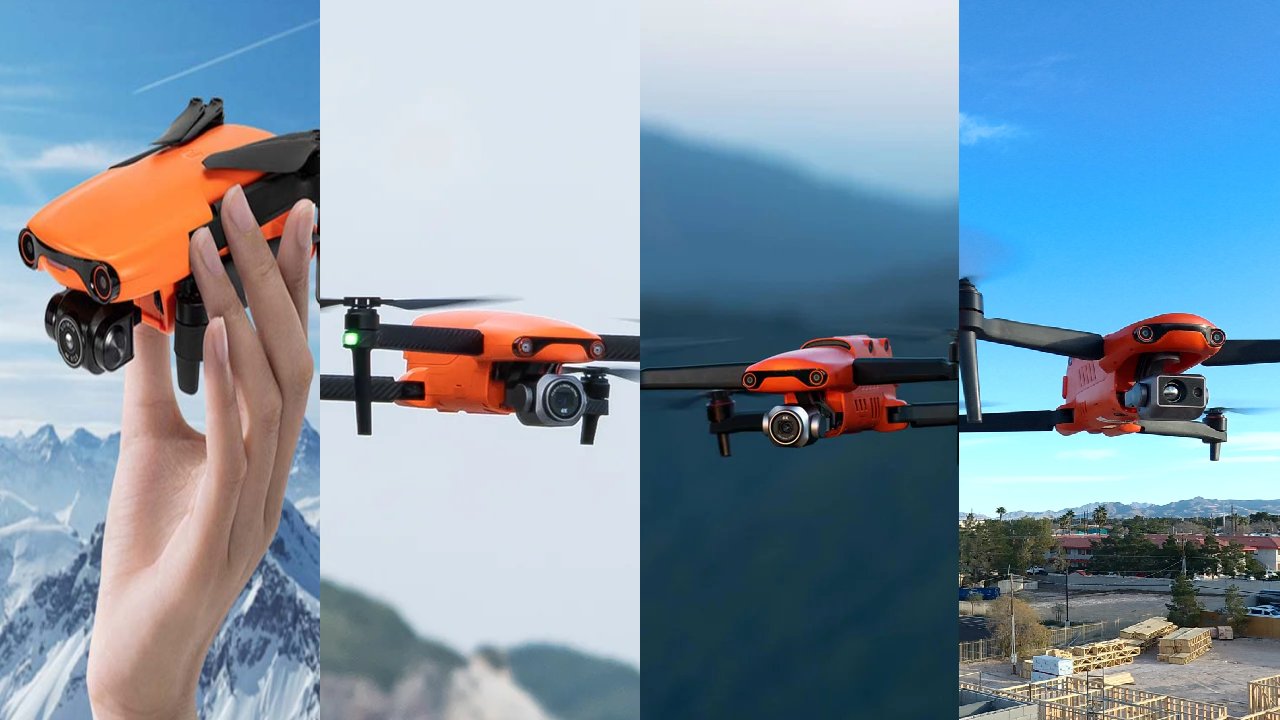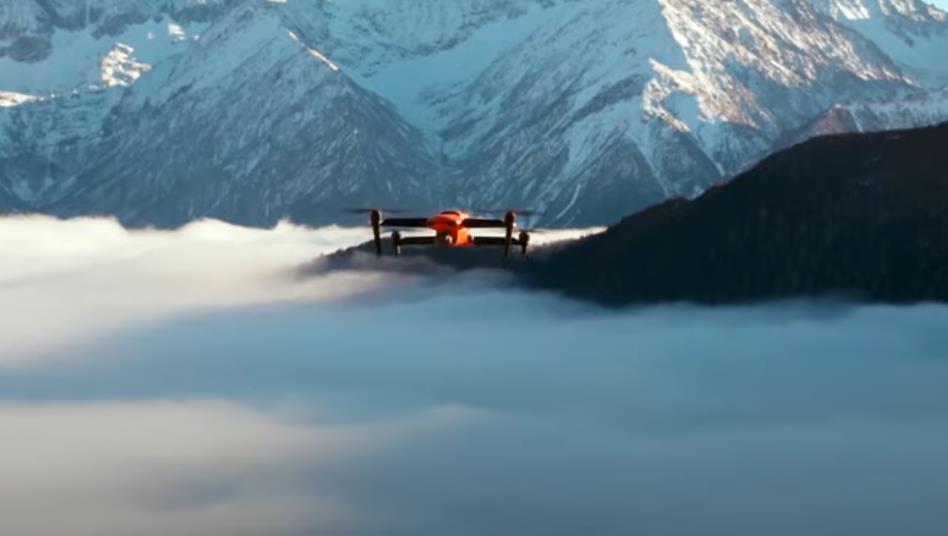Drones with cameras have revolutionized photography, videography, and various industrial applications. The most common consumer drone tends to be a quadcopter drone with a gimbal camera that can capture high-definition images and experience the joy of flying. High-quality camera drones are suitable for most drone flying hobby groups, and drones novice can easily control smart drones.
Interested in drones with cameras? In this guide we explore what drone cameras are, the types of drone cameras, and how they work and what they can be used for.
What Is A Drone Camera?

First of all, UAVs were originally used for reconnaissance as a military force. UAVs are concealed and can be remotely controlled, making them important armed equipment. As civilian drone technology matures, camera drones have become increasingly familiar and popular, and most people tend to buy Autel Drones.
Camera drones are mainly equipped with a digital camera on the gimbal. The gimbal supports stable shooting when the camera is in motion, and is widely used in commercial photography and personal photography. Most drone cameras are built-in, and some drone cameras are detachable. Detachable drone cameras can replace more advanced camera gimbal equipment to some extent to obtain better image quality.
What Types Of Cameras Are Used In Drones?
Entry-Level Drone Cameras
Low-cost drone cameras typically employ low-resolution camera lenses at 720p or lower to stream video to the FPV screen of a smartphone or tablet used with the controller so the pilot can compose the shot.
Advanced Consumer Drone Cameras
Most consumer drones have a 2K, 4K, or better camera that can record higher-definition photos or videos on the drone's SD card.
Professional and Enterprise Drone Cameras
More expensive drones come with more advanced camera lenses, with large sensors, interchangeable lenses for wide-angle, zoom or telephoto, large optics for focusing, and adjustable apertures for film or commercial use.
In addition, multispectral sensors and thermal sensors can be added to commercial drone camera lenses, which provide higher value and broader applications for agricultural, mining or other types of surveys and inspections.

How Do Drone Cameras Work?
Understanding how drone cameras work requires knowing the basics about drones. To fly the drone smoothly, you must master the use of the drone remote control. Most toy drones use Wi-Fi signals, and most advanced drones use radio frequencies. Drone controllers enable drone communication via Wi-Fi signals or radio frequencies.
The drone controller can issue commands to control what the camera does, so that the camera is pointed vertically downward, and the lens can be panned by increasing the altitude or by rotating the device. The drone gimbal supports pitch, roll, and yaw, and achieves different shooting angles and functions through a three-axis stable gimbal.
Key Features of Drone Cameras
Gimbal Stabilization: Ensures smooth footage, even in windy conditions.
Obstacle Avoidance: Helps prevent crashes and ensures safer flights.
AI Tracking: Smart tracking features allow for dynamic subject following.
HDR and Night Vision: Improves image quality in low-light conditions.
Autonomous Flight Modes: Pre-programmed flight paths for cinematic shots.
Main Uses Of Drone Cameras
Aerial view looking down

One of the most classic moves of a drone camera is to look down at the subject from above. Such a perspective is often shocking for landscape shooting and film shooting.
Shooting at multiple heights

Drones can hover and fly in the air. The maximum take-off altitude of the Autel Nano Plus drone is 4,000 meters, and it supports lift-off up to 800 meters. In film shooting, the drone camera is often moved to different high and low points to establish up and down panning shots and left and right panning shots.
Orbit shooting

Orbital shooting of the drone camera is also called dynamic tracking. The drone camera tracks and captures the behavior of the subject, and the subject is always fixed in the picture without much drone driving.
movie footage
High-quality camera drones often create movie-like lens effects in drone apps. Autel EVO Nano series has Fade Away, Flick, Orbit, Rocket and other modes, and drones can achieve cool and dynamic effects movie footage.

What can a drone with a camera be used for?
1. Aerial Photography and Videography
Drones provide stunning aerial perspectives for photographers and videographers. Features like 4K resolution, slow-motion, and HDR enhance image quality.
2. Real Estate and Construction
Drones help capture property images, monitor construction progress, and create 3D models for architectural planning. Choose Autel EVO II PRO V3 to bring you the most exciting 6K real estate drone photography.
3. Search and Rescue Operations
Thermal drones can locate missing persons in difficult terrain, helping emergency responders.
4. Agriculture and Land Surveys
Multispectral imaging helps farmers assess crop health, optimize irrigation, and increase yields.
5. Security and Surveillance
Drones with night vision and AI tracking assist in monitoring large areas efficiently.
Read more:
Autel Drone Takes Surreal Aerial Photos - Dos and Don'ts
Autel EVO Lite Achieves The Dream Of A Portrait Shooting Master
Learn The Basics of Autel Drone Photography Tips
Drone Flight Action Demonstration--A Beginner's Guide
Aerial Photography by Autel Drone: Professional Shooting Advice








